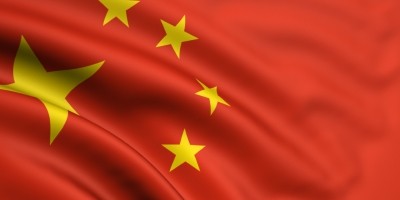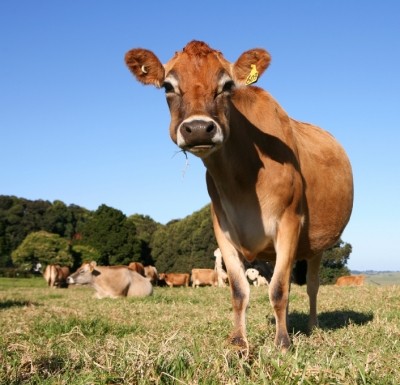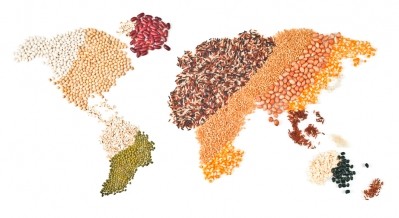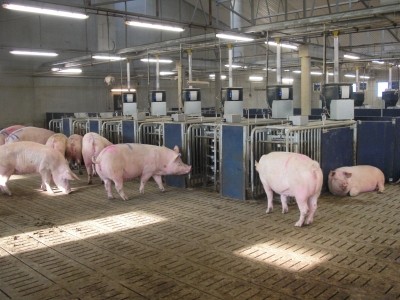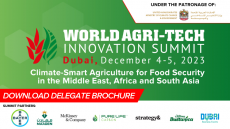China imports of maize forecast to grow substantially to meet industrial pig production demands
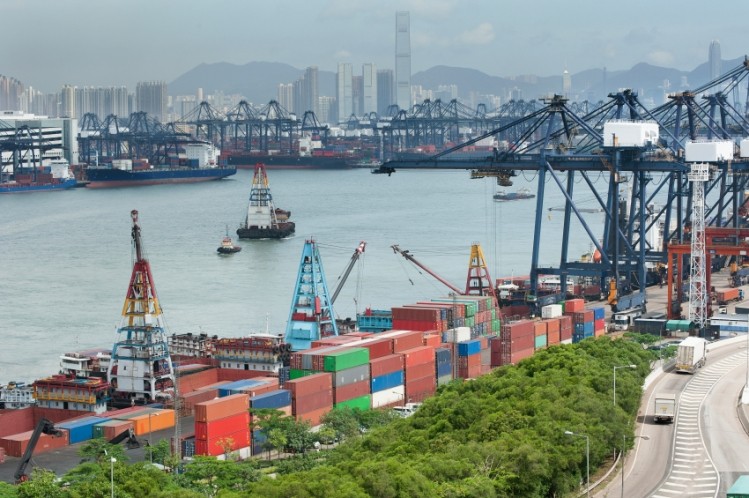
In 1971, the average total intake per person in China was 1,863 calories compared to 3,025 in the UK. By 2011 the Chinese average intake was 3,074 compared to 3,414 in the UK. The biggest change has been meat consumption, or animal calories, which have increased by well over 400% per person, per day since 1971, and more than doubled since 1991, found the publication.
The net increase in meat consumption will, evidently, be in pork, with that segment already accounting for 75% of the animal protein market in China, said Richard Ferguson, agricultural adviser to PwC and author of the report: China’s Agricultural Challenges: Roads to be Travelled
Poultry, he said, represents about 20% of meat consumption and beef and fish make up the remainder.
Chinese self-sufficiency ‘unrealistic’
While the average pig raised in a Chinese factory farm consumes 350kg feed grains to reach slaughter weight, the pig raised on a family farm consumes only 150kg of those commodities - the rest comes from, in the main, household waste, said Ferguson.
So industrial scale pork production, even accounting for FRC gains over time, will require substantially more maize and domestic Chinese supply just won’t cut it, he told FeedNavigator.
He said self-sufficiency is fast becoming an unrealistic ideal for the Chinese government in respect of those two crops, given the country's crop production constraints.
“China has been importing soybeans for a few years – averaging 60m tons a year to supplement its own output of 50m tons annually – and it will now have to look to bump up its maize imports to support scaled up pork production,” said the agribusiness specialist.
In his report, Ferguson said that if Chinese meat consumption mirrors other developed Chinese societies over time, it can be assumed that Taiwan’s current 74kg consumption is a realistic long-term extrapolation. To satisfy this increased consumption, China will require an additional 94mn tons of corn and soybeans for feedstock.
In turn, this will require an extra 15mn hectare of agricultural land – an area the size of England and Wales – which China simply does not have, he continued.
“What happens when industrialization really takes off? China is not going to supply those additional feedstocks domestically given its challenges such as diminished viable farmland, polluted water supplies, depleted aquifers, and the overuse of fertilizers and taking into account the domestic agricultural market shift towards higher value fruit and vegetables.
Developed markets don’t have the capacity to leverage up their long term supply of grain, even with capital intensive technology and genetic initiatives. China could look to Latin America but grain supply from Argentina can be erratic, choosing to import from Brazil is possible but being overly dependent on one such supply source is a risky venture – one export ban and the game is up.
Buying land in the former Soviet Union such as Ukraine or in places like Zambia in Africa and growing corn for export back to China probably has the most merit - farmland purchases though, up to now, have only been a small component of China’s business investments in Africa,” said Ferguson.
Farmland purchasing in such geographies, he said in his report, would still leave China vulnerable to external shocks such as export bans and land expropriation. However, he said such an avenue would allow China to diversify its current account surpluses away from financial assets such as US treasuries into real assets such as farmland, and would also help to promote free trade through interdependency.
China – slowdown or not? - the case put by China’s Agricultural Challenges: Roads to be Travelled
“Evidence of an economic slowdown in China is demonstrated clearly by the leading indicators of falling commodities prices. Soft commodities prices have paralleled the decline of copper, oil and gas in recent months. But there is a significant difference between them.
China is likely to shift its economic emphasis from a high-investment, export-driven model towards one spurred by domestic consumption.
In crude, almost simplistic, terms, manufacturing and infrastructure spending slows while a service-led economy emerges over time. Thus, while there might be some short-term adjustment, growing affluence should remain the norm.
In short, the need to build bridges, highways and commercial property will become less prominent but diets will continue to change. This will place enormous burdens on an already challenged domestic food system and have significant ramifications on international trade in agriculture.”
Grain trading acquisitions
Ferguson said that as emerging economies industrialize their meat production and hike up animal protein consumption “the recent scramble for international agri-trading assets will likely accelerate.”
February 2014 saw China’s largest grain trader, state-owned COFCO, acquired a 51% stake in Dutch grain trader Nidera, which has a strong procurement platform in Brazil, Argentina and Central Europe, noted Ferguson.
And, in April 2014, COFCO acquired a 51% stake in Singapore-based Noble Group’s agribusiness unit for US$1.5bn.
COFCO aims to form a joint venture to link its grain processing and distribution business in China with Noble’s grain sourcing and trading business.
Noble’s agribusiness unit includes sugar mills in Brazil, grain elevators in Argentina, and oilseed crushing plants in China, Ukraine, South Africa, and South America.
China Investment Corporation – China’s sovereign wealth fund – already owns a 14.1% in the Noble Group.
With these acquisitions, COFCO will be able to purchase soybeans from Brazil and other producers directly, bypassing the ‘ABCD’ quartet of grain traders: ADM, Bunge, Cargill and Louis Dreyfus, said Ferguson.
Other similar deals include the WH Group’s purchase of US-based Smithfield Foods, China Fishery Group’s purchase of Peruvian fish exporter Copeinca ASA, and COFCO’s purchase of Australian sugar producer Tully Sugar.
China’s US$3bn loan-for-grains deal with Ukraine was another although China recently sued Ukraine for the breach of this contract and which will be complicated still further by ongoing civil unrest in the country, added Ferguson.
